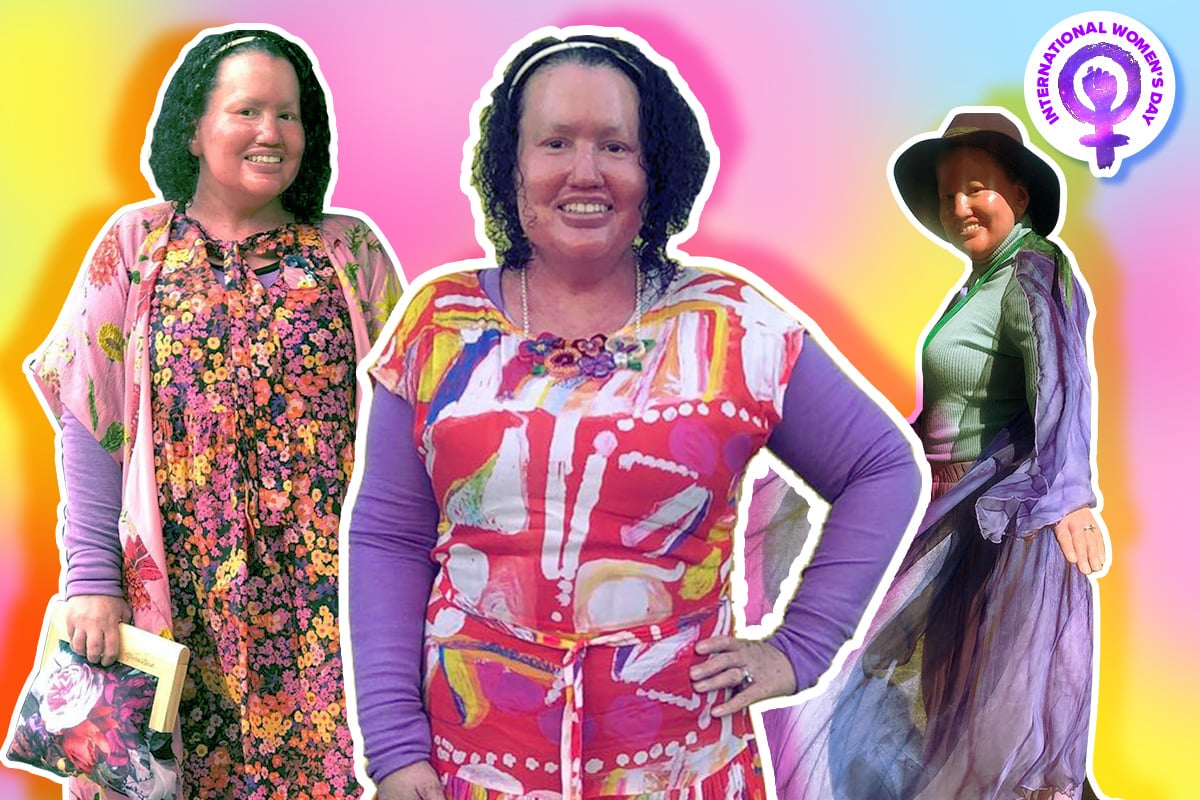
At Mamamia, every day is International Women’s Day. But this year, we’re celebrating March 8 by sharing stories from some of Australia’s most influential women. You can find all our International Women’s Day stories on our hub page.
As a kid, the only connection I had with disability was that my parents received the handicap allowance from Social Security (two outdated terms!).
I didn’t connect with disabled people I saw, because their lives were so different to mine. I occasionally saw Paralympic athletes in the news (though they were not as prominent as they are now), and I also saw stories of disabled people as tragic and charitable objects on tabloid TV programs.
I hated sport and my parents never treated me as a burden or special. I received $5 of pocket money a week until I was 15.

